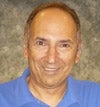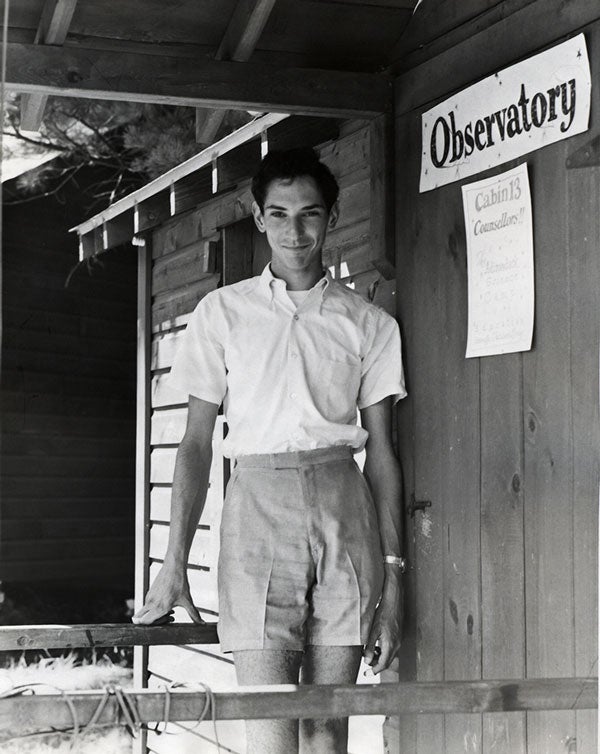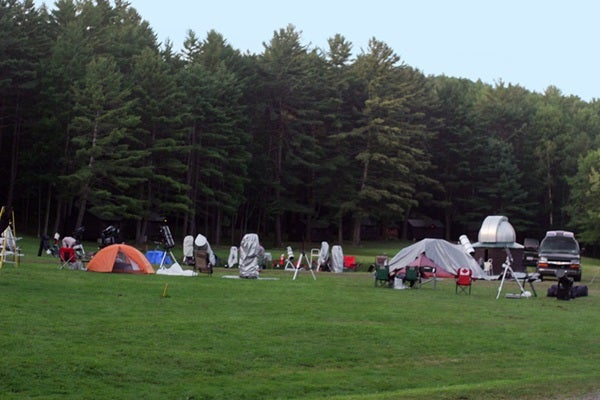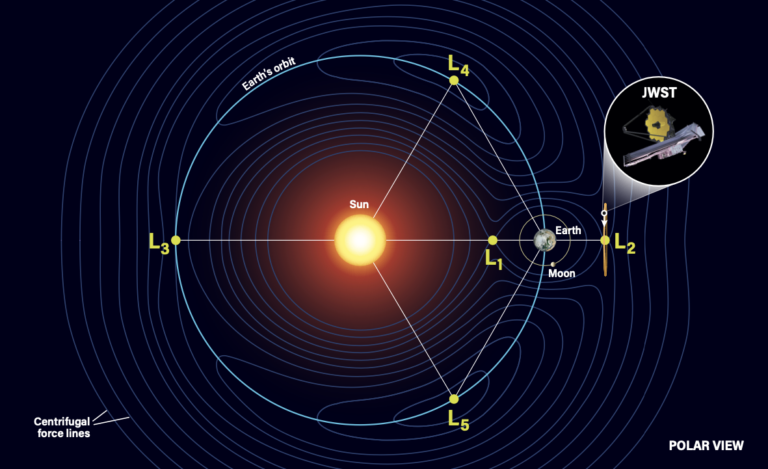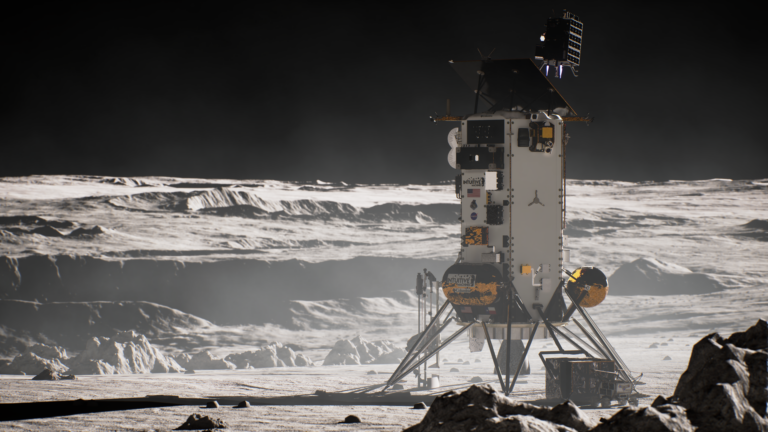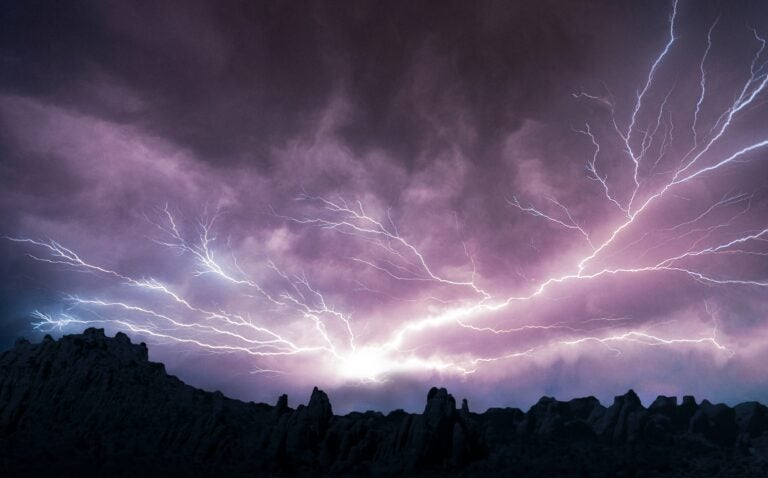More than four decades later, my wife, Wendee, and I hold an increasingly popular astronomy outing where everyone is welcome: the Adirondack Astronomy Retreat (AAR) at Twin Valleys Camp. Owned by the State University of New York (SUNY) in Plattsburgh, the camp is where I spent three happy summers (in 1964, 1965, and 1966), and it’s where I got the idea to begin a serious comet search.
Last year’s retreat was one of our best. The week was a symphony of sparkling nights. When we arrived late in July, the forecast was not favorable, with rain predicted nearly every day. However, the weather generally remained light, and the sky cleared before nightfall almost every evening. In fact, for the first time since our event began in 2003, we had desert-like conditions, with viewing available on six out of seven nights. These evenings reinforced my feeling that the clarity of the Adirondack sky can sometimes exceed that of my Arizona home.
The purpose of this retreat is to rediscover astronomical inclinations and remind attendees why we first became interested in the sky. This is a land of unsurpassed magic and peace, a place whose visitors have the opportunity to step back from life’s raging waters and reflect calmly. Here, we return to our starry roots.
The “VIP Night” is an annual event we all look forward to, when faculty and administration members from SUNY join us for dinner and observing. This past year, William Ehmann, who played a crucial role 8 years ago in getting this event started, came all the way from Mercy College near New York City. Thanks partly to these VIP Nights, the AAR now has an observatory with a large Meade 14-inch reflector telescope, which I also use for comet hunting.
Unlike other conventions or professional gatherings, which cram many presentations into brief periods, the AAR’s emphasis on “retreat” means we’re pretty light on lectures. One year, 12-year-old Clara Scattolin delighted us with her “Star Trek Observing Project,” for which she prepared a list of objects that featured in at least one of the several Trek series.
Last year, I gave a presentation on NASA’s evolution, from its origin in 1958 to its finest hour only 11 years later when Neil Armstrong and Edwin “Buzz” Aldrin set foot on the Moon. NASA has used the time since to help create the largest structure ever built in Earth orbit, the International Space Station.
In 2012, the first retreat will be July 15–18, and the second July 19–22. Both events already have waiting lists, but you can still write the Sharing the Sky Foundation at info@sharingthesky.org for details.
This page marks the close of Evening Stars’ run in Astronomy magazine. I appreciate the opportunity to spread enthusiasm about the sky among the magazine’s readers, and I hope that my efforts have resulted in more people wanting to go outdoors, look up, and discover the heavens.
Perhaps some readers will even make the effort to journey toward this beautiful spot in the Adirondacks where our annual retreat takes place. It is the closest place to heaven still on Earth.

